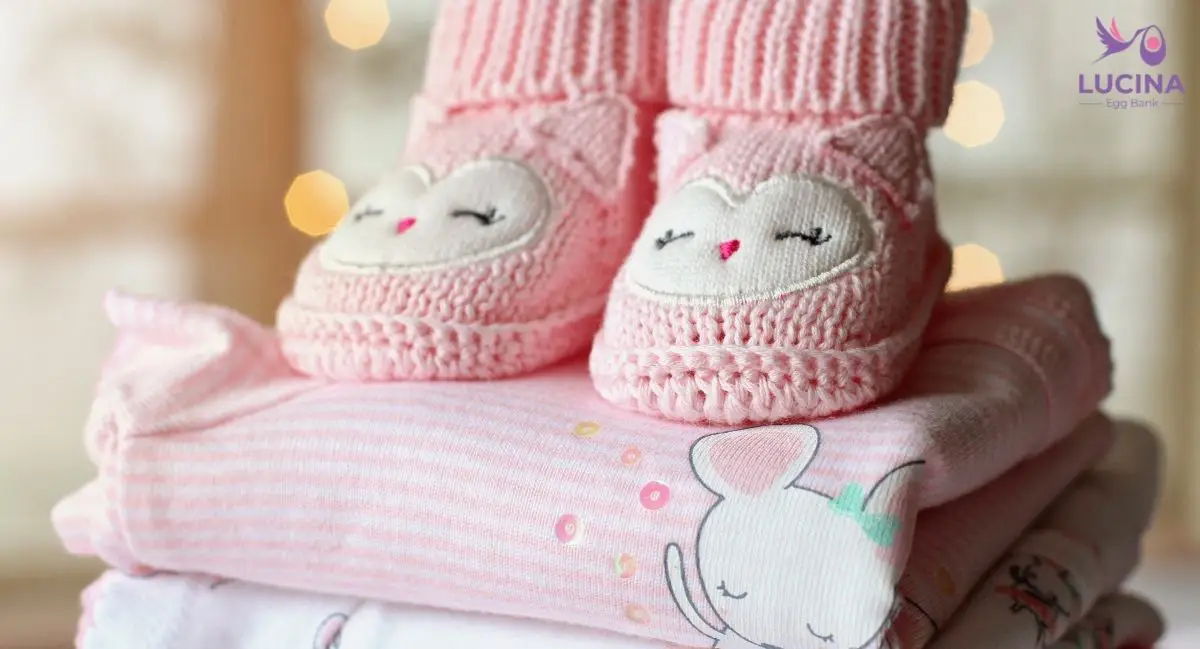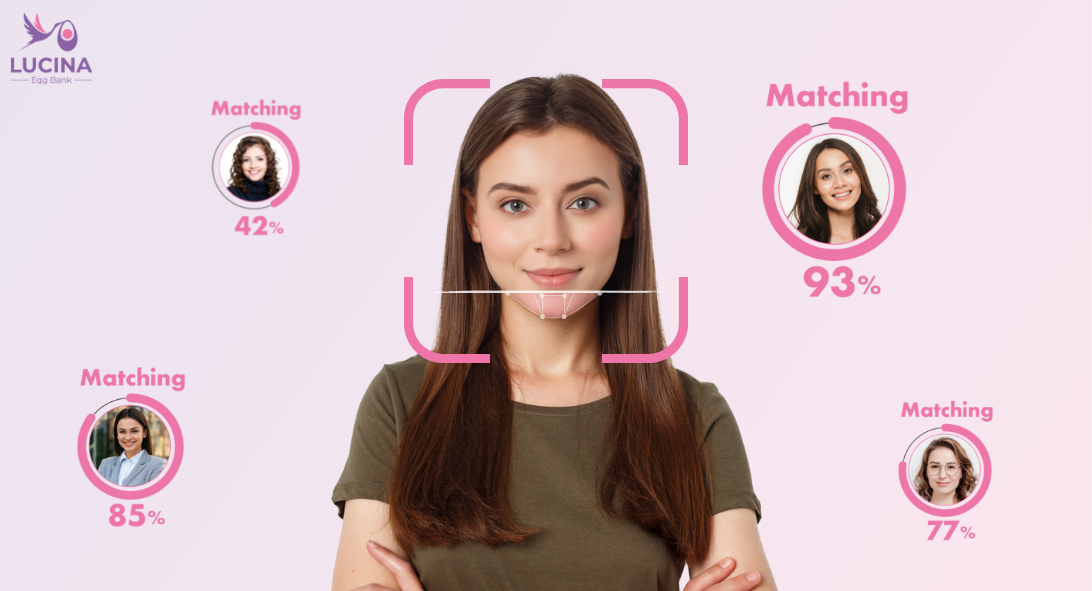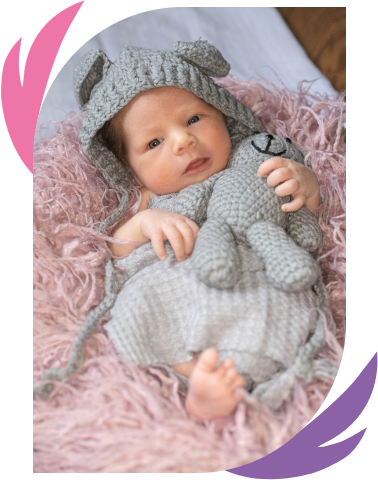
You may be considering the choice between fresh and frozen donor eggs. We know it’s an important decision, but don’t worry – we’ll tell you the differences.
The Basics:
Fresh Option: These are eggs from a donor that are combined with sperm immediately after they are retrieved. It might seem easy, but there’s a potential problem. Both the receiver and the donor must match their cycles for embryo transfer, which can be a bit hard.
Frozen option: On the other hand, frozen eggs are precisely as they sound – eggs preserved in a cryotank. After getting the eggs from the donor, an expert picks the best quality ones to store. With this option, the receiver doesn’t need to sync cycles with the donor. It is not until you are ready that the eggs are dethawed and fertilized, and ideally, they develop into embryos.
IVF Cycle with Donor Eggs
IVF with Fresh Donor Eggs
In a fresh cycle, initially, the eggs are retrieved from the donor and combined with sperm from the intended parent in a laboratory to form embryos. These embryos develop for approximately 5-6 days until they’re deemed ready. If you opt for a fresh transfer, one or two embryos can be directly implanted into the prospective mother’s uterus. Alternatively, the embryos can be cryopreserved for future use.
IVF Cycle with Frozen Donor Eggs
First, the egg bank gets the eggs from the donor. The second step would be to freeze them using a special process called vitrification. These frozen eggs remain in storage until you’re ready for them. At Lucina once you have chosen your batch of frozen eggs, we’ll send them over to your IVF clinic.
Now, when it’s go-time, your clinic might handle things a bit differently. Certain clinics may opt to wait until you’re prepared before delicately thawing and fertilizing the eggs with the specified sperm to form embryos. Alternatively, other clinics might thaw the eggs in advance, fertilize them, nurture the embryos, conduct PGT-A testing, and subsequently freeze the blastocyst embryos. This approach provides the opportunity for genetically tested embryos to be transferred, allowing for the avoidance of genetic diseases and the potential selection of the baby’s sex. Following this process, the patient undergoes an embryo transfer, similar to procedures in fresh cycles.
What sets frozen and fresh donor eggs apart?
The primary distinction lies in whether they’re stored in a cryotank or fertilized promptly after retrieval. Opting for IVF with frozen donor eggs eliminates the need for synchronization between the recipient’s menstrual cycle and the egg donor’s, streamlining the donation process. With frozen eggs, donors can contribute whenever they’re ready, and recipients aren’t constrained by timing embryo transfers to specific periods.
The accessibility and adaptability of frozen donor eggs have a beneficial effect on both the schedule and expenses of fertility treatment. In numerous cases, starting a fertility treatment with frozen eggs proves to be faster and more cost-effective than utilizing fresh ones.
Let’s weigh the options:
Convenience: With frozen donor eggs, you have more flexibility. No need to rush or stress about timing. You can take things at your own pace.Fresh egg donors, on the other hand, may require precise timing and coordination, adding an extra layer of complexity to the process.
Variety: Frozen offers a wider selection of donors since you’re not limited to those who can sync up their cycles with yours. This means you have a better chance to find your perfect match. Fresh egg donors may have fewer options available, as they must be available and willing to undergo the donation process during a specific window of time.
Success Rates: Believe it or not, the fresh and frozen success rates are similar these days. So, you’re not sacrificing your chances of success by going with frozen eggs.
Cost: In many cases, using frozen donor eggs can be more cost-effective. Another benefit is alleviating concerns regarding potential issues, such as delays or complications associated with synchronizing cycles. Fresh egg donation may involve higher costs due to the need for synchronization and potential logistical challenges.
Lucina Egg Bank, offers you a batch of frozen eggs from the donor you’ve selected. These eggs will be sent to the fertility clinic you’ve chosen. We simplify this with our extensive database, including donors of various backgrounds. Our procedure offers simplicity, boasting high success rates, shorter wait times, and immediate access to our extensive donor database! Our commitment to our Intended Parents is to ensure that every cohort results in the production of at least one blastocyst embryo. If the conditions of the guarantee are met, we will provide a replacement cohort free of charge.
At the end of the day, the choice between fresh and frozen donor eggs comes down to what works best for you. Consider your schedule, budget, and personal preferences.
Remember, you’re not alone in this journey. At Lucina Egg Bank, we are more than happy to assist you with any questions you may have. Feel free to reach out and talk to our specialists!















